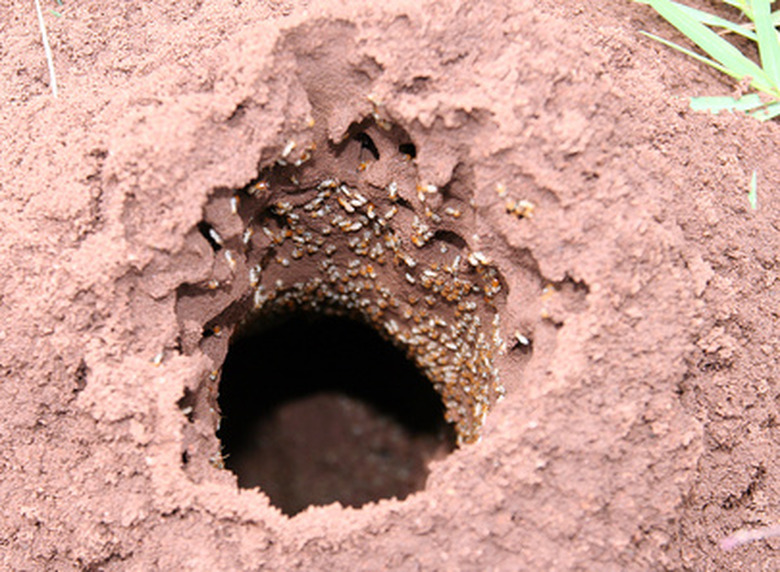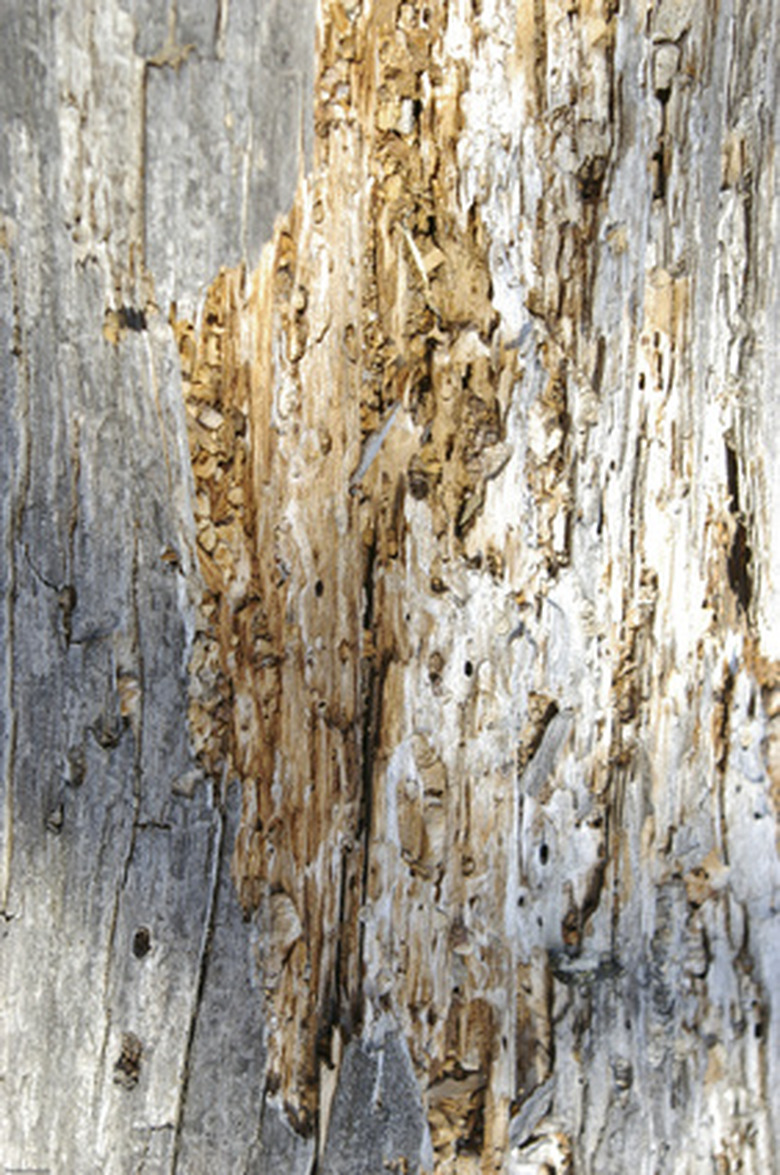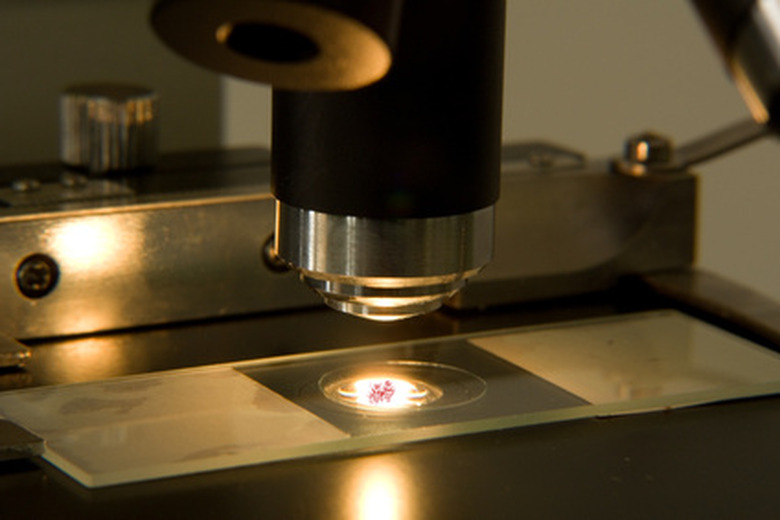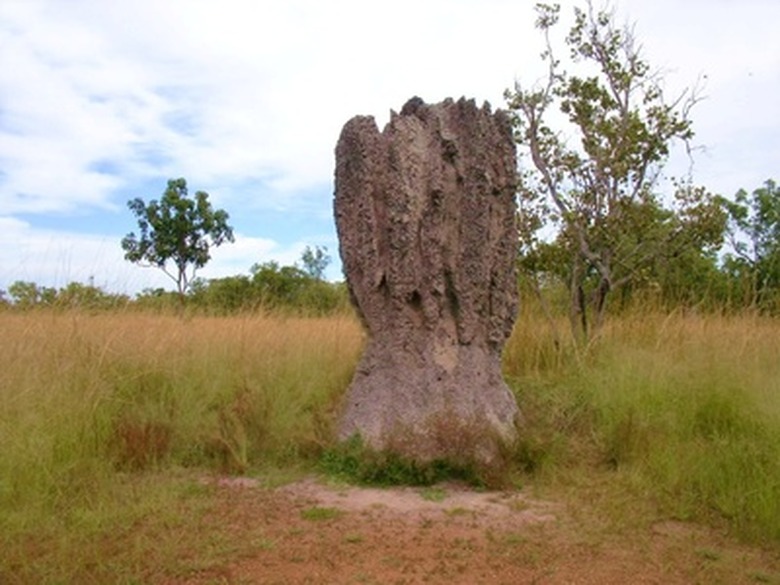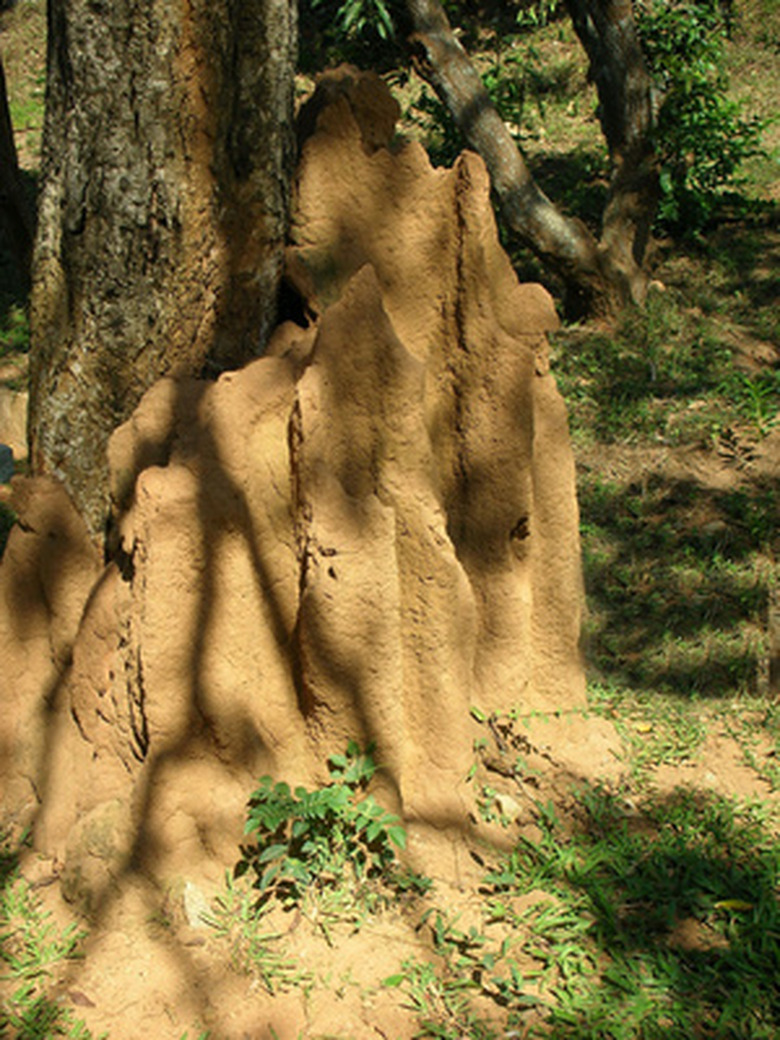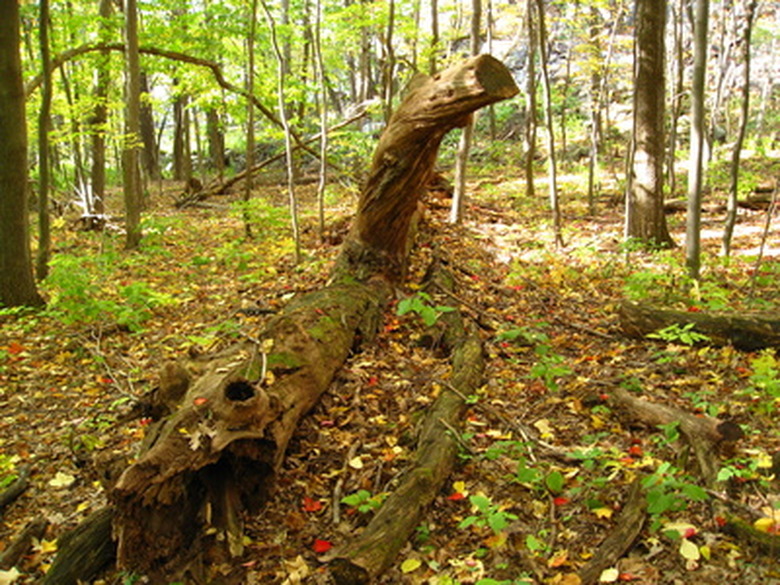How Do Termites Digest Wood?
Though termites do feed on cellulose within wood, the termites themselves do not actually digest the wood. Instead, there are microorganisms living inside the termite's digestive system called protozoa. These protozoa actually break down the wood inside the termite, producing by-products that both organisms can digest.
Wood Cellulose
Wood Cellulose
Cellulose, the most common naturally occurring compound on earth, is the organic substance which gives structure to plants. Cellulose is made of sugar molecules linked together to form a chain-like pattern. Because of its makeup, cellulose is a extremely durable compound and because of this, it is difficult to digest. Wood is made up of mostly cellulose, and this is what termites ingest when they "feed" on wood. There are not many organisms in the world that produce the enzymes capable of properly breaking down cellulose into a digestible substance. The protozoa organisms within the termites digestive system do have the enzymes necessary to break down cellulose and by breaking the wood down into digestible by-products, the termites are able to live off of the wood without actually digesting it themselves.
Protozoa
Protozoa
The protozoa within the termite's digestive system provide the enzymes which can break down the wood. The termites themselves do not have such enzymes in their body; they must rely on the microorganisms in their gut to provide it for them. The protozoa break up the wood cellulose into simple sugars which both organisms can digest. When the protozoa digest the wood cellulose, they release acetic acid and other acids that the host termite is able to metabolize.
Protozoa/Termite Cycle
Protozoa/Termite Cycle
Due to evolution, termites began to produce a bodily fluid containing the microorganisms known as protozoa millions of years ago. Termites excrete this liquid when they defecate. After being born, the termite larvae consume the adult termites' feces and they, in turn, ingest the protozoa which then live inside their digestive systems. When termites molt, shedding their exoskeleton in order to grow, they lose the protozoa within their digestive system. To get more protozoa, which they need to survive, the termites ingest the feces of another termite, thereby reintroducing protozoa to their bodies to aid in digestion.
Mutualism
Mutualism
Mutualism is a specific form of symbiotic relationship in which two separate organisms aid one another in order to survive. George Poinar, a scientific researcher at Oregon State University, discovered a termite embedded in amber that is approximately 100 million years old. The termite's abdomen is punctured and protozoa can be seen spilling out of the wounded abdomen. Poinar called this the "oldest example of mutualism" on earth and explained the termite/protozoa relationship saying, "Protozoa would die outside of the termite, and the termite would starve if it didn't have these protozoa to aid in digestion. In this case they depend on each other for survival"
Environmental Advantages to Wood Cellulose Digestion
Environmental Advantages to Wood Cellulose Digestion
Though termites in the home can be destructive, termites in nature actually benefit the environment. Termites feed on the wood and plant cellulose of dying trees which helps clear away the decaying plant matter to make room for new, healthy plants to grow in its place.
Cite This Article
MLA
Sharp, Mary. "How Do Termites Digest Wood?" sciencing.com, https://www.sciencing.com/how-do-termites-digest-wood-13406469/. 21 July 2017.
APA
Sharp, Mary. (2017, July 21). How Do Termites Digest Wood?. sciencing.com. Retrieved from https://www.sciencing.com/how-do-termites-digest-wood-13406469/
Chicago
Sharp, Mary. How Do Termites Digest Wood? last modified March 24, 2022. https://www.sciencing.com/how-do-termites-digest-wood-13406469/
